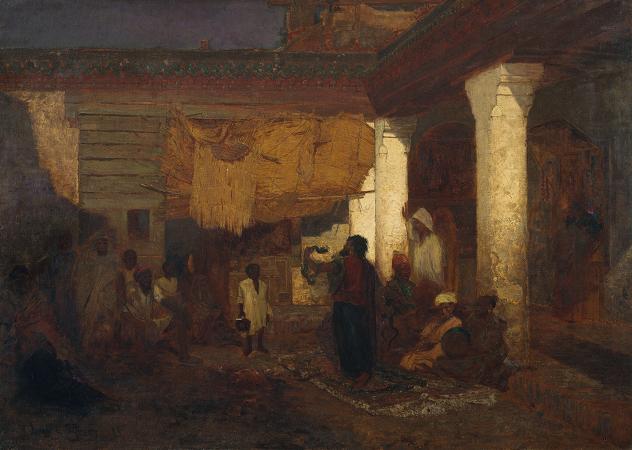Tangier. Tangier is a major city in northwestern Morocco. It is on the Maghreb coast at the western entrance to the Strait of Gibraltar, where the Mediterranean Sea meets the Atlantic Ocean off Cape Spartel. The town is the capital of the Tanger-Tetouan-Al Hoceima region, as well as the Tangier-Assilah prefecture of Morocco. Many civilisations and cultures have influenced the history of Tangier, starting from before the 5th century. Between the period of being a strategic Berber town and then a Phoenician trading centre to the independence era around the 1950s, Tangier was a nexus for many cultures. In 1923, it was considered as having international status by foreign colonial powers and became a destination for many European and American diplomats, spies, writers and businessmen. The city is currently undergoing rapid development and modernisation. Projects include new tourism projects along the bay, a modern business district called Tangier City Centre, a new airport terminal, and a new football stadium. Tangier's economy is also set to benefit greatly from the new Tanger-Med port. The Carthaginian name of the city is variously recorded as, and; these appear in Greek and Roman sources as Tenga, Tinga, Titga. The old Berber name was Tingi, which Ruiz connects to Berber tingis, meaning marsh. The Greeks later claimed that Tinges had been named for a daughter of the titan Atlas, who was supposed to support the vault of heaven nearby. Latin Tingis then developed into Portuguese Tanger, Spanish Tanger, and French Tanger, which entered English as Tangier and Tangiers. The Arabic and modern Berber name of the town is Ṭanja. Tangier was formally known as following its elevation to colony status during the Roman Empire. It is also sometimes known as Boughaz. The nicknames Bride of the North and Door of Africa reference its position in far northwestern Africa near the Strait of Gibraltar. Tingis Tangier was founded as a Phoenician colony, possibly as early as the 10th century and almost certainly by the 8th century. The majority of Berber tombs around Tangier had Punic jewelry by the 6th century, speaking to abundant trade by that time. The Carthaginians developed it as an important port of their empire by the 5th century. It was probably involved with the expeditions of Hanno the Navigator along the West African coast. The city long preserved its Phoenician traditions, issuing bronze coins under the Mauretanian kings with Punic script and others under the Romans bearing Augustus and Agrippa's heads and Latin script obverse but an image of the Canaanite god Baal reverse. Some editions of Procopius place his Punic stelae in Tingis rather than Tigisis; in either case, however, their existence is highly dubious. The Greeks knew this town as Tingis and, with some modification, record the Berber legends of its founding. Supposedly Tinjis, daughter of Atlas and widow of Antaeus, slept with Hercules and bore him the son Syphax. After Tinjis' death, Syphax then founded the port and named it in her honour.
more...




